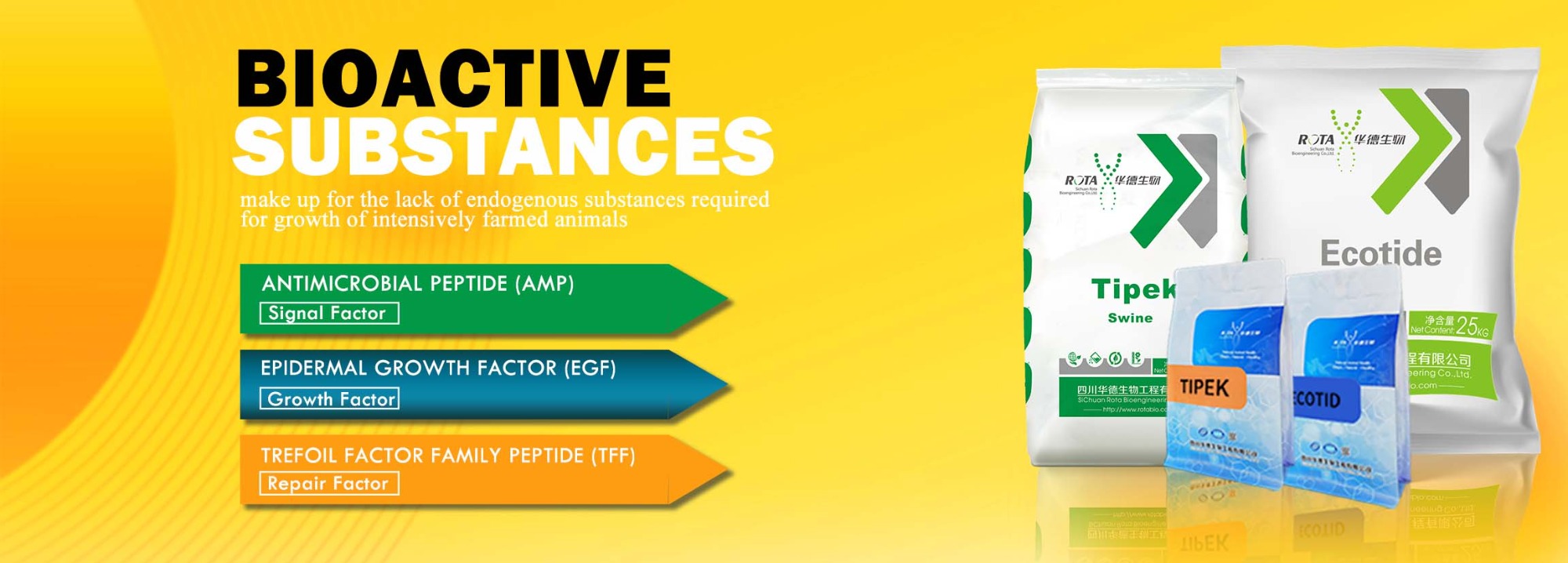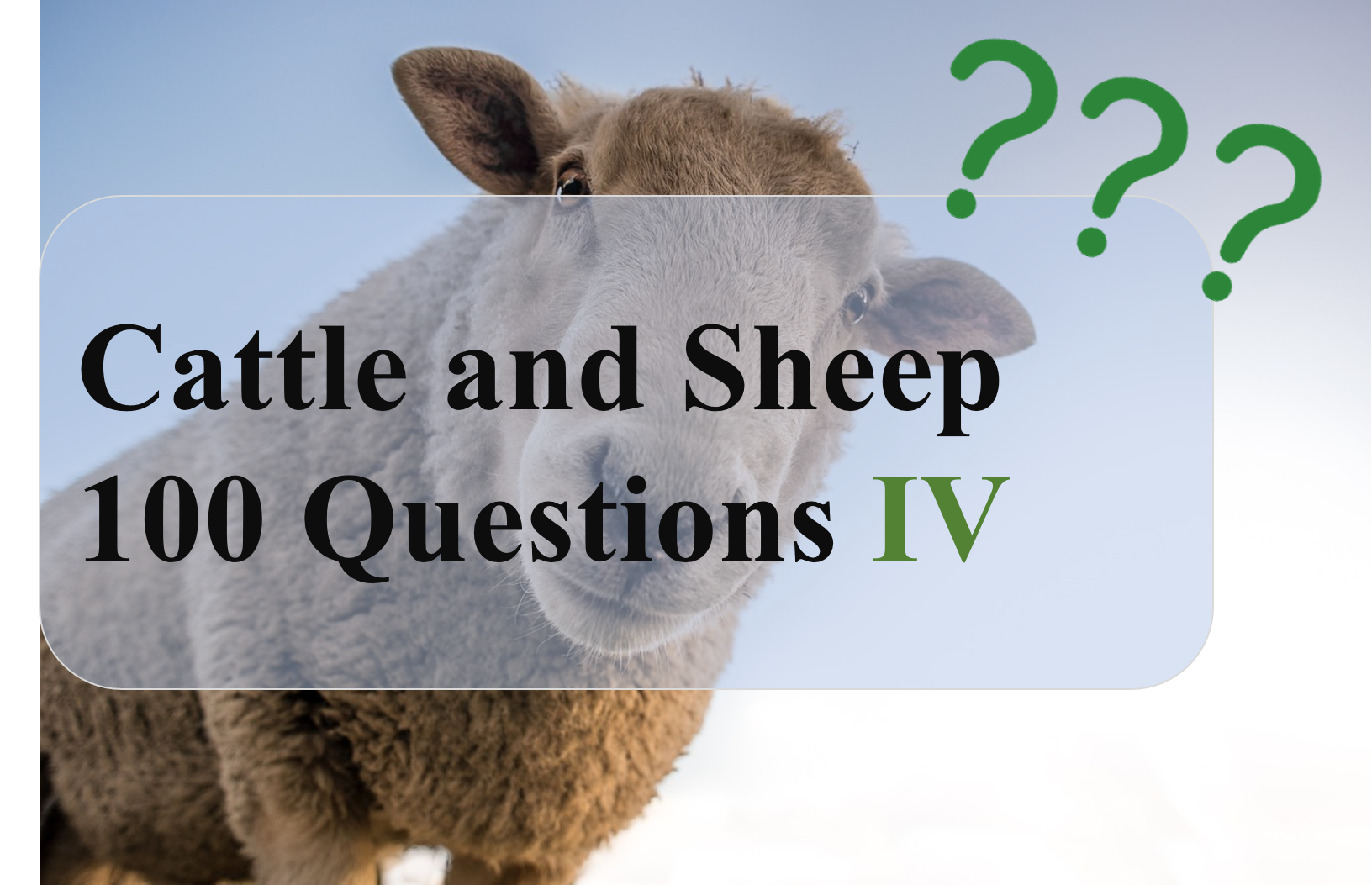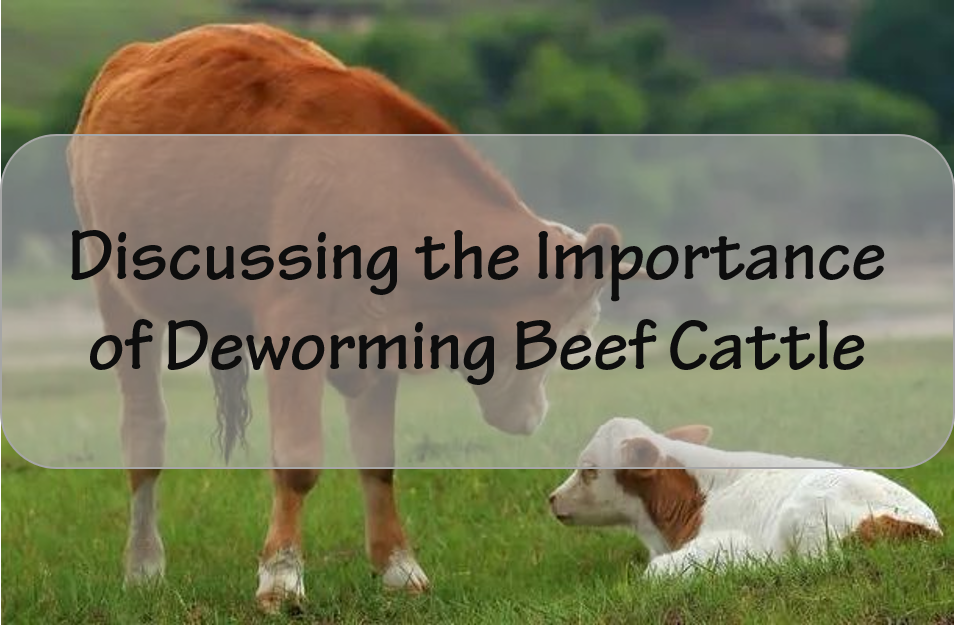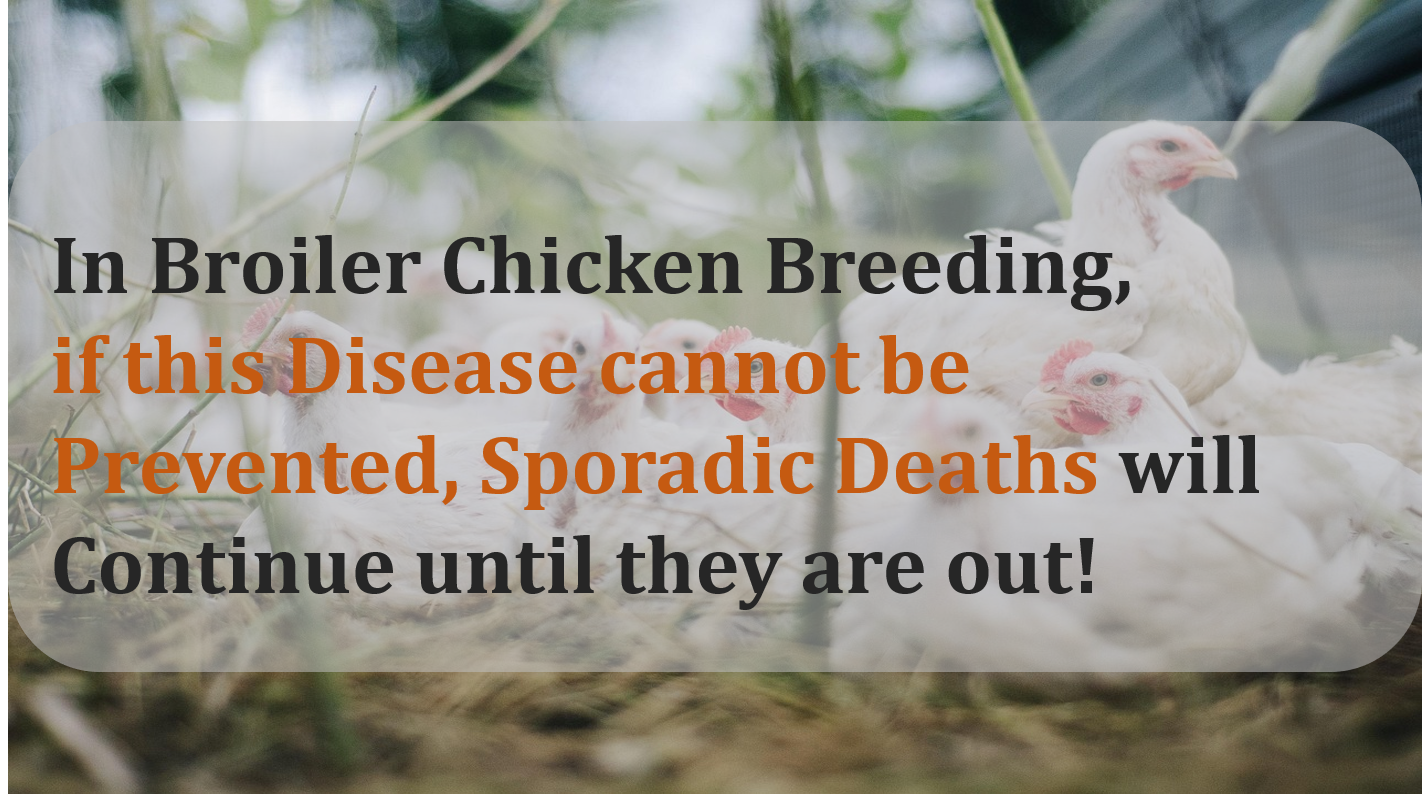|
Milk-Born Bioactive Peptide-EGF and
Its Intestinal Protection Chapter III
EGF in Developing Gut
Epidermal growth factor (EGF) was first isolated from mouse salivary glands and recognized by its ability to accelerate the eruption of mouse teeth and the opening of eyelids of newborn mice . Human EGF was initially detected in urine and then measured in many tissuesand body fluids . EGF is a heat- and acid-stable peptide that produces a variety of biologic responses, most of which involve regulation of cell replication, cell movement and cell survival . In the GI tract, EGF enhances proliferation and differentiation of epithelial cells, but also has significant effects on healing of damaged mucosa or on intestinal adaptation after injury. Fetal intestine is exposed to EGF in amniotic fluid. Amniotic fluid contains significant concentrations of EGF that gradually increase during pregnancy, with the highest level achieved at the end of the normal gestation period . In the postnatal period, the major sources of intestinal EGF are maternal colostrum and milk Human milk EGF levels are the highest in the first days after parturition (approximately 100 ng/mL) and then gradually decrease during the first month of lactation . Interestingly, EGF levels in milk of mothers with extremely pre-term neonates are 50-80% higher compared with those in milk of mothers with full-term infants . Although the physiologic relevance of this observation is still not fully understood, elevated levels of EGF in human milk may be responsible for the protective effect of maternal milk against neonatal intestinal diseases, such as necrotizing enterocolitis(NEC).
Source and Reference :
J Pediatr. 2010 February ; 156(2 Suppl): S31–S35. doi:10.1016/j.jpeds.2009.11.018.

|
 Cattle and Sheep 100 Questions Ⅳ
Cattle and Sheep 100 Questions Ⅳ
 Discussing the Importance of Deworming Beef Cattle
Discussing the Importance of Deworming Beef Cattle
 In broiler chicken breeding, if this disease cannot be prevented, sporadic deaths will continue until they are out!
In broiler chicken breeding, if this disease cannot be prevented, sporadic deaths will continue until they are out!
 Cattle and Sheep 100 Questions Ⅱ
Cattle and Sheep 100 Questions Ⅱ